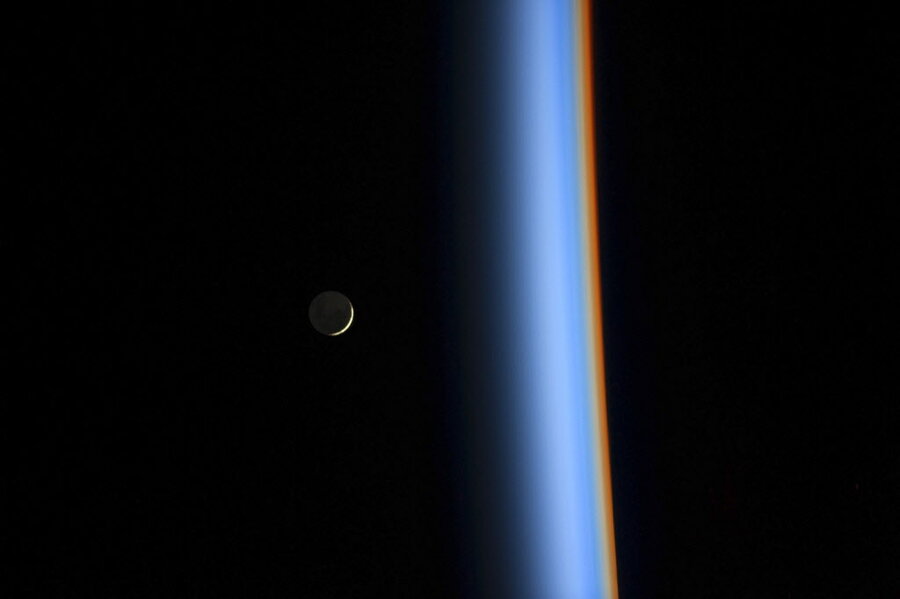Black moon rising: Friday's rare lunar event explained
Loading...
No, it’s not some forgotten Creedence Clearwater Revival B-side. The upcoming black moon, which rises Friday night, is a bona-fide lunar event.
Well, sort of.
In some ways, a black moon is the opposite of a blue moon. When a full moon rises twice in a month, the second one is called a blue moon. Similarly, a black moon is the second new moon in a single month. It’s a somewhat rare event, only coming around about once every 32 months; the last one occurred in March 2014.
In the Western hemisphere, the black moon will rise on September 30. Those on the other side of the planet won’t see it until October 1st, so technically it won’t be that month’s black moon. However, the Eastern hemisphere will get a black moon later that month with the rising of a second new moon – right around Halloween, as it happens.
The black moon by itself isn’t much of a spectacle. As with any new moon, the black moon will be pretty much invisible no matter where you watch it from. But the darkened sky will provide an excellent backdrop for stargazing.
This week’s black moon is the latest in a slew of seemingly special lunar events – blue moons, blood moons, supermoons and more. But the truth is many of them aren’t all that uncommon, and astronomers don’t even recognize them as separate phenomena.
So why do we make such distinctions?
Many are actually a relic of seasonal timekeeping practices. The harvest moon, which like all full moons rises just as the sun sets, got the name because it comes at the time of year when farmers could use extra light in the evening to bring in their harvests. The full buck moon corresponds to the time of year when young deer begin to sprout horns. Then there’s the strawberry moon, the sturgeon moon, the hunter’s moon – you name it, there’s a moon for it.
“Full moon names date back to Native Americans, of what is now the northern and eastern United States,” skywatching columnist Joe Rao wrote for SPACE.com in 2014. “Those tribes of a few hundred years ago kept track of the seasons by giving distinctive names to each recurring full moon. Their names were applied to the entire month in which each occurred.”
Nowadays, the practice has more to do with PR than practicality. It’s just easier to generate public interest for celestial events when they have a catchy name like “supermoon.” A supermoon occurs when a full moon is in perigee, orbiting at its closest point to Earth. The term, SPACE.com reports, only dates back to 1979 and didn’t become popular until 2011.








